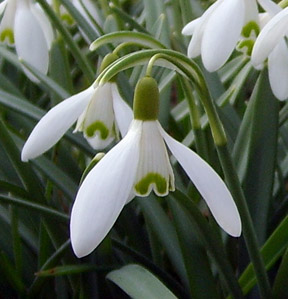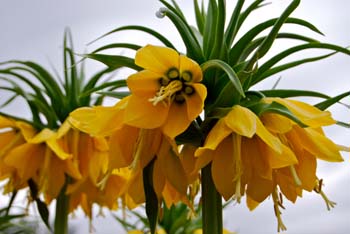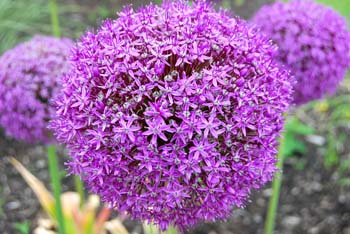Critter-proof, spring-flowering bulbs
The future happens today for spring color from flower bulbs. Here are some varieties that do not seem to attract deer and rodents.
Many gardeners have decided that flowers are definitely missing from their early spring gardens. And many of those gardeners are equally frustrated to have those tiny “color bombs” snapped off by furry critters or the bulbs dug and eaten long before spring. But there is a way of having color and keeping the bulb eaters and flower killers at bay. By planting bulbs that are both deer and rodent resistant, joy can reign again in the spring garden.
Some of the earliest blooming flower bulbs are referred to as minor bulbs. These bulbs may be small in size, but are mighty in performance. Many will naturalize or spread as years go by. They are also short in height, most not getting over 6 inches tall. Plant them as groups for impact.
Take a look at what could brighten your early season garden in the spring if you planted today:
- Glory in the Snow (Chionodoxa). Star-shaped flowers in blues, lavenders, pink or white, depending on the type.
- Snowdrops (Galanthus). Downward-hanging, bell-like white flowers are very early bloomers.
- Striped Squill (Puschkinia). Pale blue, white, star-shaped flowers that have darker blue stripes.
- Grape hyacinth (Muscari). Blooms of rich purple, blue or white that look and smell like miniature grapes

Snowdrop. Photo credit: David Paloch
By mid-spring, other deer- and rodent-proof bulbs are happy to add to the color:
- Daffodils or narcissus. Larger bulbs that can be found in many shades of yellow, white or pale pink. They often naturalize in gardens.
- Fritillaria. The largest are called Imperialis and have yellow or orange downward-hanging, bell-shaded flowers, with a mild “skunky” smell. There are other smaller Fritillaria in many shapes and colors.

Fritillaria. Photo credit: UpstateNYer at Wikipedia
Later in the season, usually in June, another critter-proof flower family called Alliums makes excellent additions. Onion and garlic chives are the clump-forming members of this family.
- Allium. Flowers can be any size from small to large, often having rounded flower heads. They can be found in purple, lavender, pink, yellow and white and may naturalize. They also carry the faint scent of onion and garlic.

Allium. Photo credit: Wadester16 at Wikipedia
Choose a location for bulbs that gets partial sun all day or full sun for only a few hours each day. Bulbs cannot tolerate wet soils, so look for a location that is moist but well-draining. Bulbs will do poorly in heavy clay soils or in extremely sandy soils. It is possible to mix compost into the planting area to improve either soil. Mix one-third of the volume of compost into the general area to a depth of 6 to 12 inches.
Take advantage of the mild fall weather and plant these bulbs now. The only ones that won’t be happy are the deer and the rodents.
Related source:



 Print
Print Email
Email